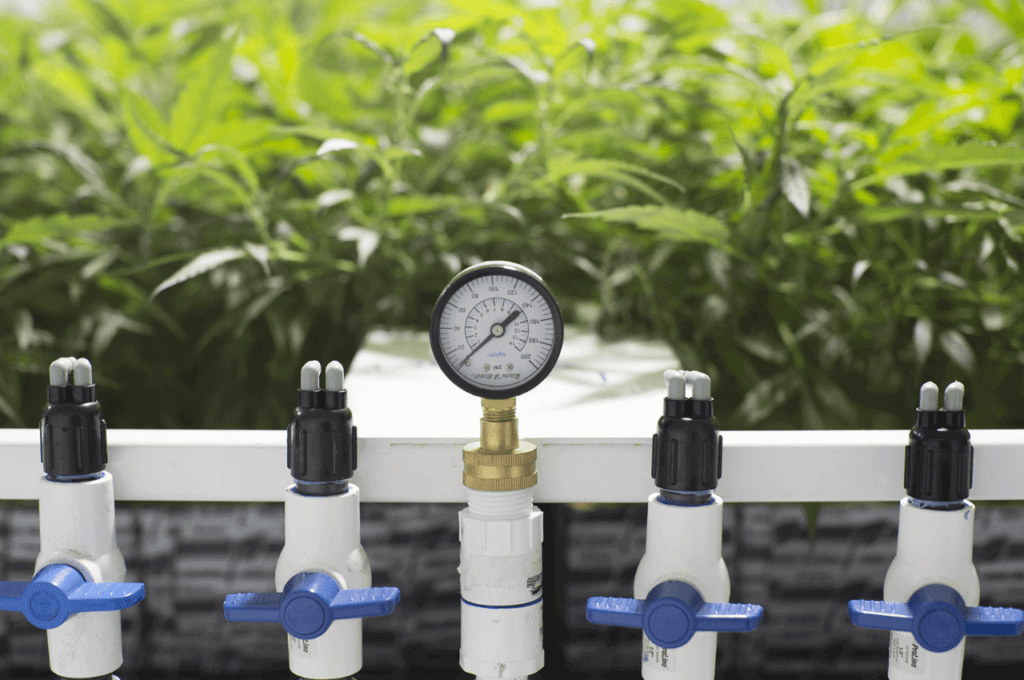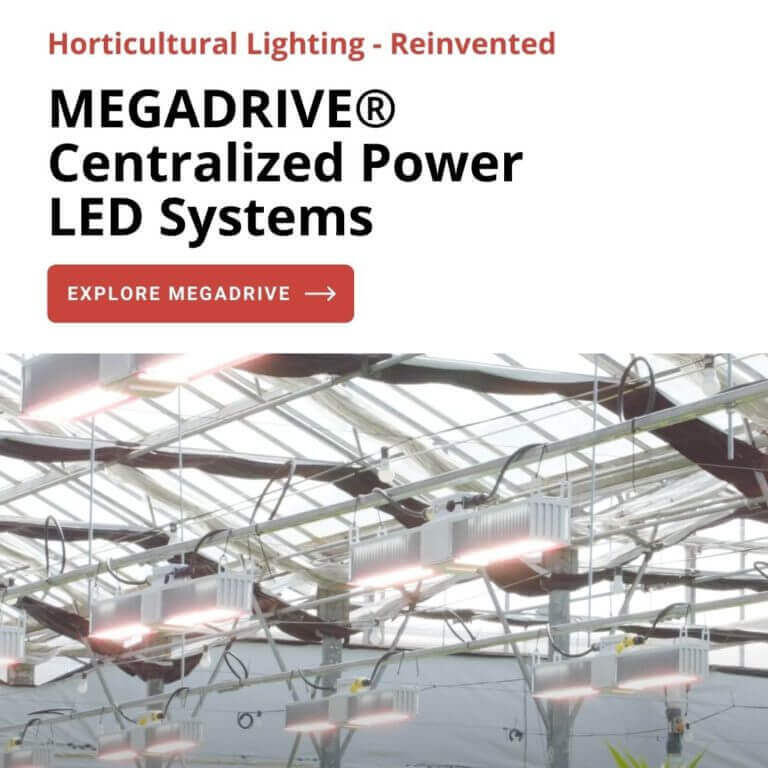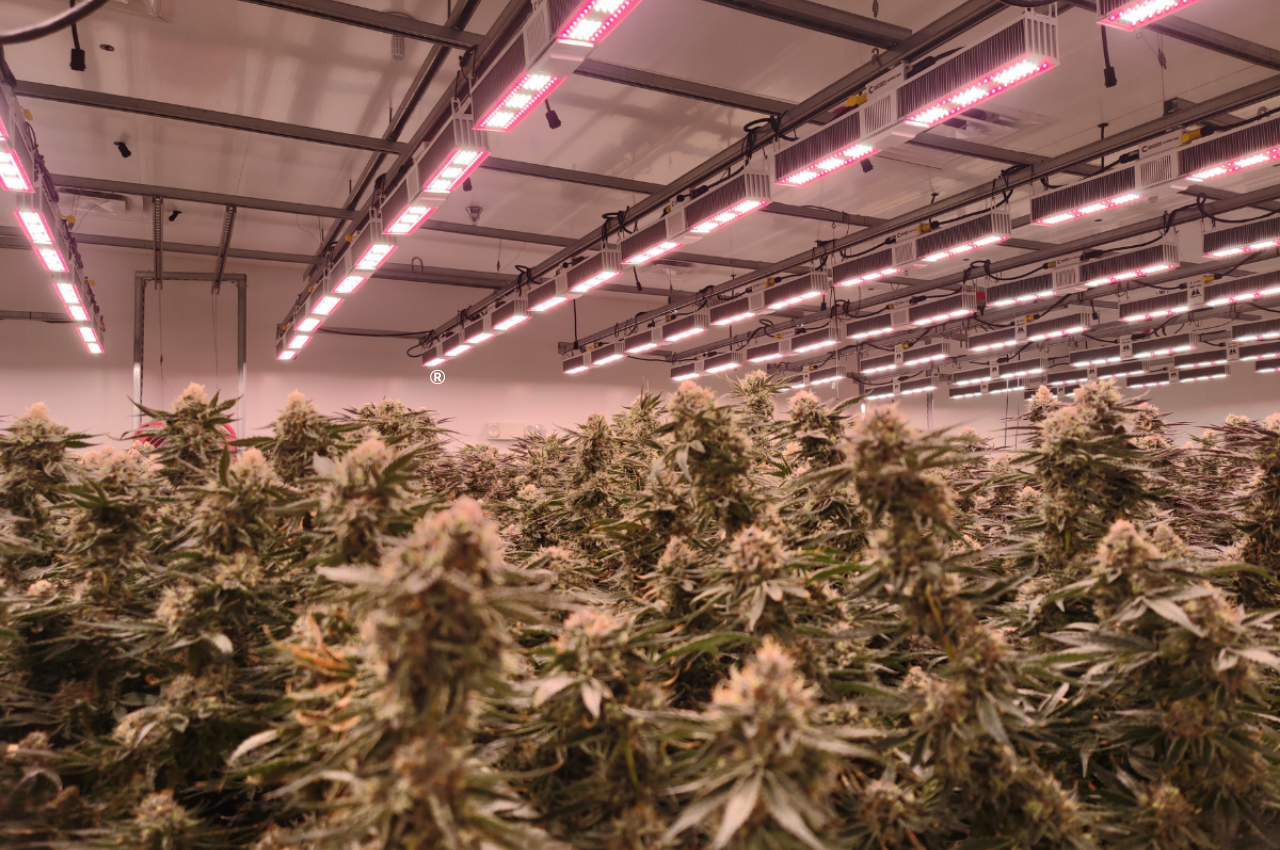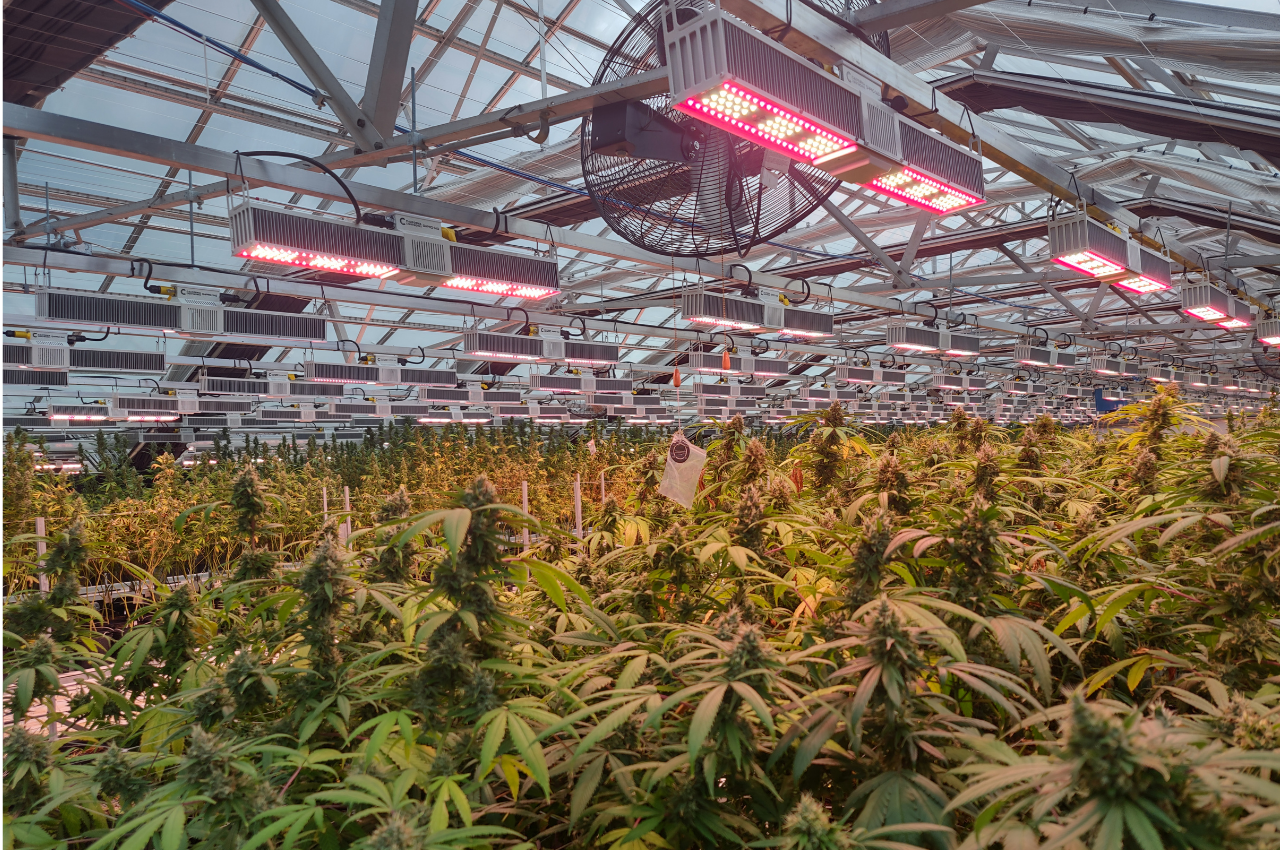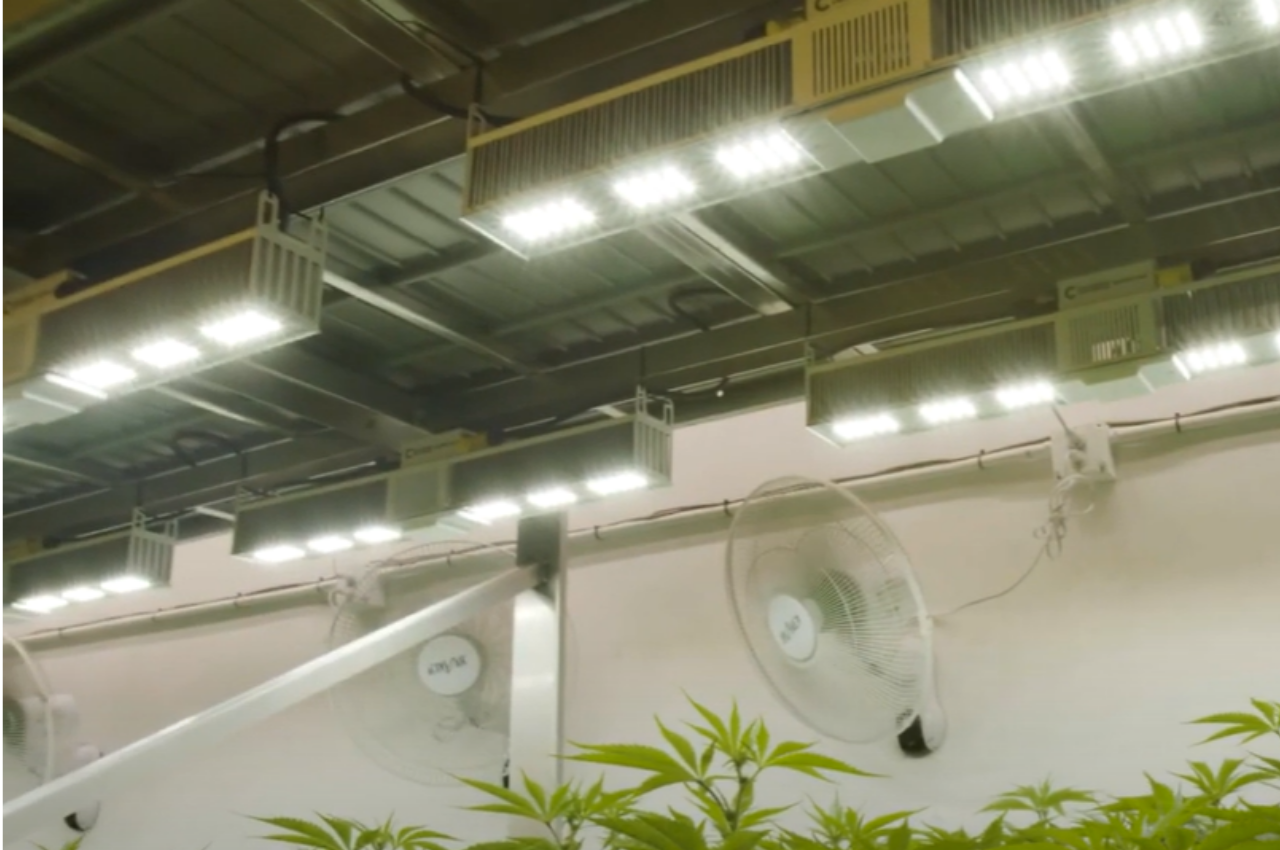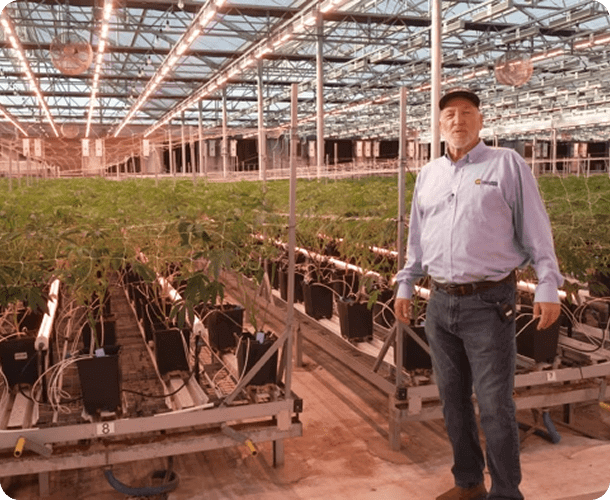Should you use CO₂ fertilization to improve your crop quality? Do you need to turn up the heat in your grow space? These are common questions, especially among gardeners who are using LED grow lights for the first time. So many traditional growing techniques were designed for grow rooms equipped with HID lights. These bulbs emit an incredible amount of heat. Many of the old rules about environmental control like supplemental cooling and ventilation assume your space is sweltering under the glow of high-pressure sodium lamps.Now, LED grow lights are fast becoming the industry go-to. These lamps emit very little heat and do almost nothing to change the ambient temperature of your grow room. This means you save a bundle on supplemental cooling, but it also means it’s time to re-evaluate environmental control. To do that, you need a clearer understanding of the relationship between Temperature and CO₂ for High-Quality Growing
CO₂ and Temperature Affect Photosynthesis
When it comes to high quality growing, everything comes down to photosynthesis. For healthy, robust crops, you need to give your plants everything they need for a high rate of photosynthesis. This includes factors such as:
- Light intensity
- Humidity
- CO₂ concentration
- Leaf temperature
CO₂ and temperature work together very closely in growing.
You see, during photosynthesis, the plant enzyme RuBisCO converts CO₂ and water into simple sugars. This is how the plant creates energy for growth and development.
But this process is temperature-dependent. The higher the temperature, the higher the rate of CO₂ absorption. To be clear, when we talk about temperature in the context of photosynthesis, we’re talking about leaf temperature.
Leaf Temperature vs. Ambient Temperature
When you set up your grow room, you have a lot of conversations and calculations around ambient temperature. In other words, you’re talking about the temperature of the air in the room.
Leaf temperature is exactly what it sounds like; it’s the temperature inside the leaves of your plants. Because the biochemistry of photosynthesis happens inside the leaves, leaf temperature is the measurement most relevant to photosynthetic rate.
Leaf temperature is always higher than ambient temperature, especially if you use HPS lamps. These bulbs emit infrared radiation, which leaves absorb as heat. If you use LED grow lights, the difference between ambient temperature and leaf temperature is not so drastic.
The Best Temperature for Optimal CO₂ Absorption
So, we know that higher temperatures increase the rate of CO₂ absorption. But not indefinitely. At least not under normal conditions.
At around 80.6°, the RuBisCO enzyme causes a reverse reaction. Instead of converting CO₂ and water into sugars, it converts sucrose into CO₂ and water. This is called “photorespiration,” and it’s not what you want if you’re going for maximum growth.
In fact, as leaf temperatures rise to 104°, plants burn more CO₂ through photorespiration than they take in from the atmosphere.
Under normal conditions, the absolute best you can do to encourage high quality growing is maintain a leaf temperature of just under 80.6°.
Or you can increase the temperature and the concentration of available CO₂. This is done through CO₂ fertilization.
Does CO₂ Fertilization Benefit Plants?
When you increase the concentration of CO₂, you broaden the temperature range for photosynthesis. In other words, you can bump temperatures up above that 80.6° mark without activating photorespiration. With a higher concentration of CO₂ available, your plants no longer risk burning more CO₂ than they can take in.
This is called CO₂ fertilization. To optimize your CO₂ enhancement efforts, increase grow temperature 5-10 degrees above the temperature you’d use under normal conditions. In most environments, the natural CO₂ concentration is around 400 ppm. A boost to 1,200 ppm or even 2,000 ppm can drastically increase plant growth.
However, in order to get the full benefits of CO₂ fertilization, you must maintain a highly controlled grow room. Here’s how.
Maintaining a Temperature and CO₂ High-Quality Growing
The leaves of your plants are covered in tiny pores called stomata. CO₂ enters through these stomata. This process is passive. That is to say, the only CO₂ your plants take in is the CO₂ that exists immediately outside their leaves in the boundary layer.
So what does that have to do with controlling the environment of your grow room?
It means you need a system for air circulation. The atmosphere could be loaded with CO₂. But if the air is stagnant, your plants will only use whatever CO₂ is in their immediate vicinity. Air circulation ensures that the leaves constantly come into contact with new stores of CO₂.
Another thing to look out for is adequate hydration. Stomata don’t just let CO₂ in; they also let water out. When your plants sense that they’re getting enough CO₂, the stomata close to preserve water. As a result, the rate of photosynthesis drops and the leaf temperature increases beyond your control.
Finally, remember to factor heat emission from your grow lights as you find the right temperature and CO₂ levels.
HPS bulbs burn much hotter than LED lamps. And because so much of the heat plants absorb under HPS lights comes from the lights themselves, leaf temperature is much higher in the canopy than in the lower growth. This is why the use of HPS lights leads to uneven growth between the canopy and lower leaves.
If you use LED lights, you have more control over leaf temperature overall. Plus, high quality LED grow lights penetrate deep into the canopy. Even the lower leaves can thrive with almost equal access to light intensity, heat, humidity, and CO₂.
Achieving high quality grows comes down to careful calculations and a controlled environment. The right amount of heat and CO₂ can help you get higher yields and a healthy crop. And we’ve seen time and again that both home growers and commercial growers are able to control their grow room best with LED lights.
If you’re setting up a room with luminaires from California Lightworks, please feel free to ask us anything. We love our growers. We’re here to help you get the most out of your lights with a perfectly balanced grow room.
